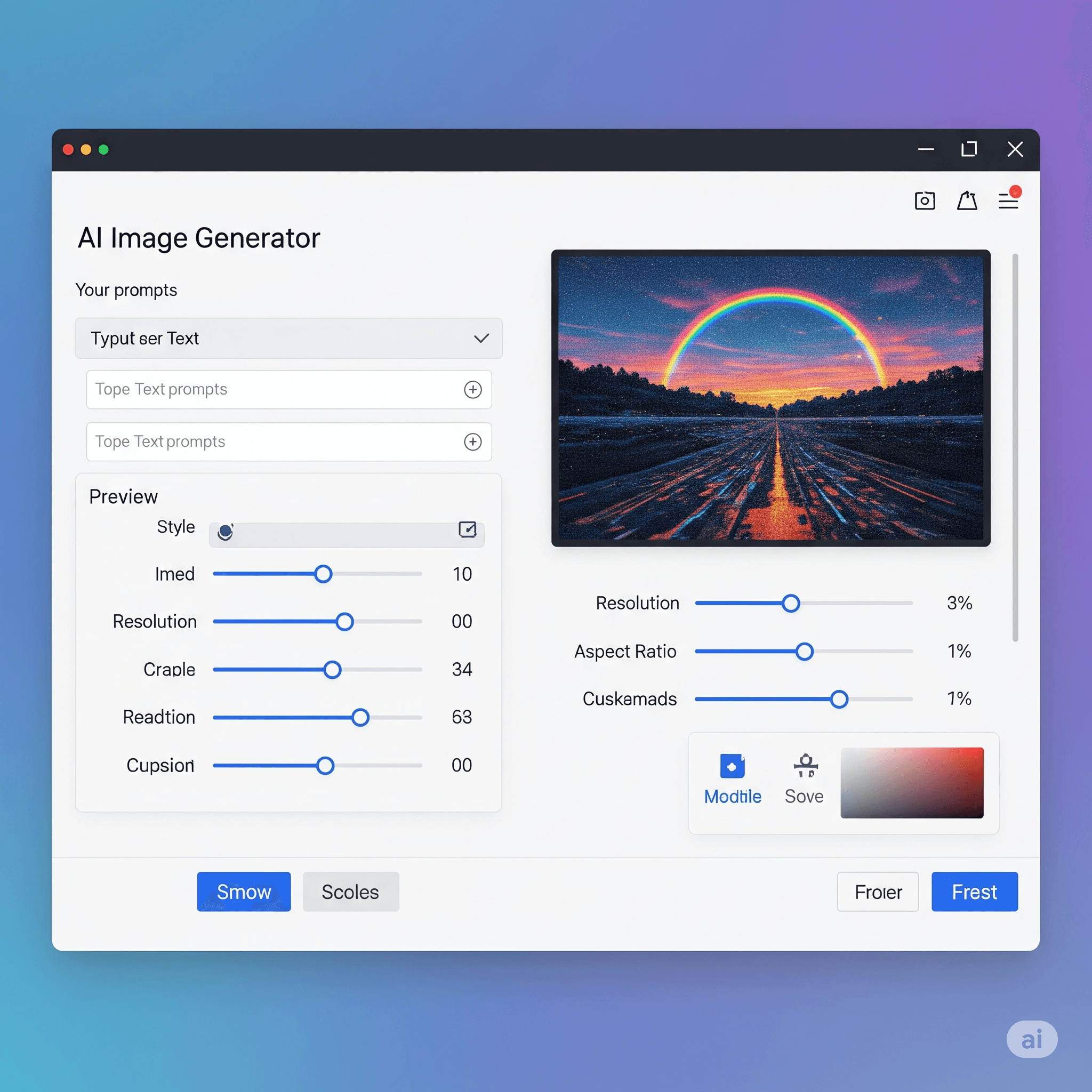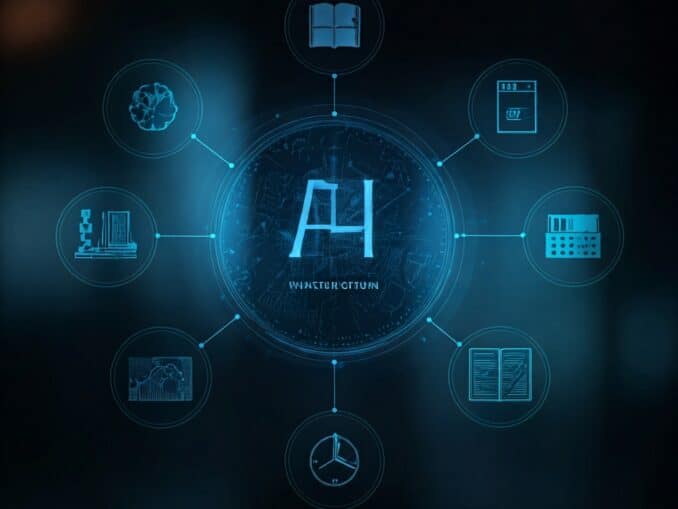Question: What is MIME in Data Communication?
Answer:
In data communication, MIME stands for Multipurpose Internet Mail Extensions. MIME is a standard protocol that extends the capabilities of email to handle various types of content beyond plain text. It allows for the transmission of multimedia elements, non-ASCII characters, and attachments in email messages.
The primary purpose of MIME is to facilitate the encoding, formatting, and transmission of different content types through email. Before MIME, email was primarily limited to handling only plain text. However, with the introduction of MIME, email systems gained the ability to handle rich text formatting, images, audio, video, and other types of files.
MIME achieves this by adding additional headers and encoding mechanisms to email messages. These headers provide information about the content type, character set, and other metadata associated with the message. The encoding mechanisms enable the conversion of non-ASCII characters and binary data into a format that can be transmitted safely over email systems.
MIME allows email clients and servers to recognize and process different content types based on their MIME type. For example, a multimedia attachment may be identified as an image/jpeg or audio/mp3 MIME type. This allows the recipient's email client to interpret and display the content appropriately.
Overall, MIME is a crucial component of data communication as it enables the exchange of diverse content types through email, expanding the capabilities and flexibility of email communication.
MCQ: The supplementary protocol that allows the use of non-ASCII characters in an e- mail is called the _________ protocol.
Explanation:
In data communication, MIME stands for Multipurpose Internet Mail Extensions. MIME is a standard protocol that extends the capabilities of email to handle various types of content beyond plain text. It allows for the transmission of multimedia elements, non-ASCII characters, and attachments in email messages.
The primary purpose of MIME is to facilitate the encoding, formatting, and transmission of different content types through email. Before MIME, email was primarily limited to handling only plain text. However, with the introduction of MIME, email systems gained the ability to handle rich text formatting, images, audio, video, and other types of files.
MIME achieves this by adding additional headers and encoding mechanisms to email messages. These headers provide information about the content type, character set, and other metadata associated with the message. The encoding mechanisms enable the conversion of non-ASCII characters and binary data into a format that can be transmitted safely over email systems.
MIME allows email clients and servers to recognize and process different content types based on their MIME type. For example, a multimedia attachment may be identified as an image/jpeg or audio/mp3 MIME type. This allows the recipient's email client to interpret and display the content appropriately.
Overall, MIME is a crucial component of data communication as it enables the exchange of diverse content types through email, expanding the capabilities and flexibility of email communication.
Discuss a Question
Related Questions
- 1. What is POP in Data Communication?
- 2. What is SNMP in Data communication?
- 3. Give some key characteristics of a manager station in SNMP?
- 4. An agent in SNMP is a __________
- 5. What is Universal Resource Locator ,Explain with example?
- 6. A URL specifies the following: (i) protocol used (ii) domain name of server hosting web page (iii) name of folder with required information (iv) name of document formatted using HTML (v) the name of ISP
- 7. A router is an example of a _______ in SNMP
- 8. Management in the Internet is achieved through _______ components.
- 9. What is The Structure of Management Information (SMI)?
- 10. <div class="group w-full text-gray-800 dark:text-gray-100 border-b border-black/10 dark:border-gray-900/50 dark:bg-gray-800"> <div class="flex p-4 gap-4 text-base md:gap-6 md:max-w-2xl lg:max-w-[38rem] xl:max-w-3xl md:py-6 lg:px-0 m-auto"> <div class="relative flex w-[calc(100%-50px)] flex-col gap-1 md:gap-3 lg:w-[calc(100%-115px)]"> <div class="flex flex-grow flex-col gap-3"> <div class="min-h-[20px] flex flex-col items-start gap-4 whitespace-pre-wrap break-words"> <div>What is MIB in Data Communication?</div> </div> </div> </div> </div> </div> <div class="group w-full text-gray-800 dark:text-gray-100 border-b border-black/10 dark:border-gray-900/50 bg-gray-50 dark:bg-[#444654]"> <div class="flex p-4 gap-4 text-base md:gap-6 md:max-w-2xl lg:max-w-[38rem] xl:max-w-3xl md:py-6 lg:px-0 m-auto"> <div class="flex-shrink-0 flex flex-col relative items-end"> <div class="w-[30px]"> <div class="relative p-1 rounded-sm h-[30px] w-[30px] text-white flex items-center justify-center"></div> </div> </div> </div> </div>
You may be interested in:
Web Fundamental MCQs






